How can animal sounds or actions be considered music, how does the materiality of sound shape our understanding of music, and to what extent do humans impose subjective meaning when interpreting non-human sound?
I wanted to explore communication between humans and animals, so I filmed a video of interviewing animals. Through this process, I realized the limitations of language—we can ask questions, but the animals’ responses don’t follow human logic. Their way of expression is completely different.
Later, I shifted my focus to sound itself, rather than just language. Inspired by the theory of “sound objects,” I started wondering: if sound can be reshaped, can it also be visualized, materialized, or even created by non-human subjects? This led me to an experiment where I translated a dog’s drawing into a musical score, turning it into an open-ended form of music expression.
This made me question:
- Are animals truly “composing” music, or are we assigning meaning to their actions?
- If a sound is produced without intentional composition, can it still be considered music?
- Does human interpretation distort the original process?
Ultimately, this project became an experiment in “unknown music.” I’m not trying to create traditional music but rather a new way of perceiving sound, inviting the audience to interpret it from different perspectives. It could be music, random traces, or simply an attempt by humans to impose meaning. I enjoy this sense of ambiguity and uncertainty.
EXPERIMENT 1 Interviewing
During the interviews, I tried to communicate with the animals in human language, but quickly realized the boundaries of language – our questions and the animals’ responses were not in the same system. Animals respond based on their own way of perceiving, not human logic.
Is sound more fundamental than language? Animals may not be able to answer with words, but their sounds, movements, and reactions already constitute a communication in themselves.
How do humans understand non-human expressions? We unconsciously interpret it with our own cognitive framework, but does this interpretation really match the animal’s intention?
Does communication still exist when language fails? The interview itself may not be able to establish a true dialogue, but it opens up a new perspective that allows us to rethink the relationship between humans and animals, between sound and meaning.
Ultimately, the interview is not only a question about animals, but also a reflection on sound, understanding and ways of communicating.
EXPERIMENT 2 RECORDING
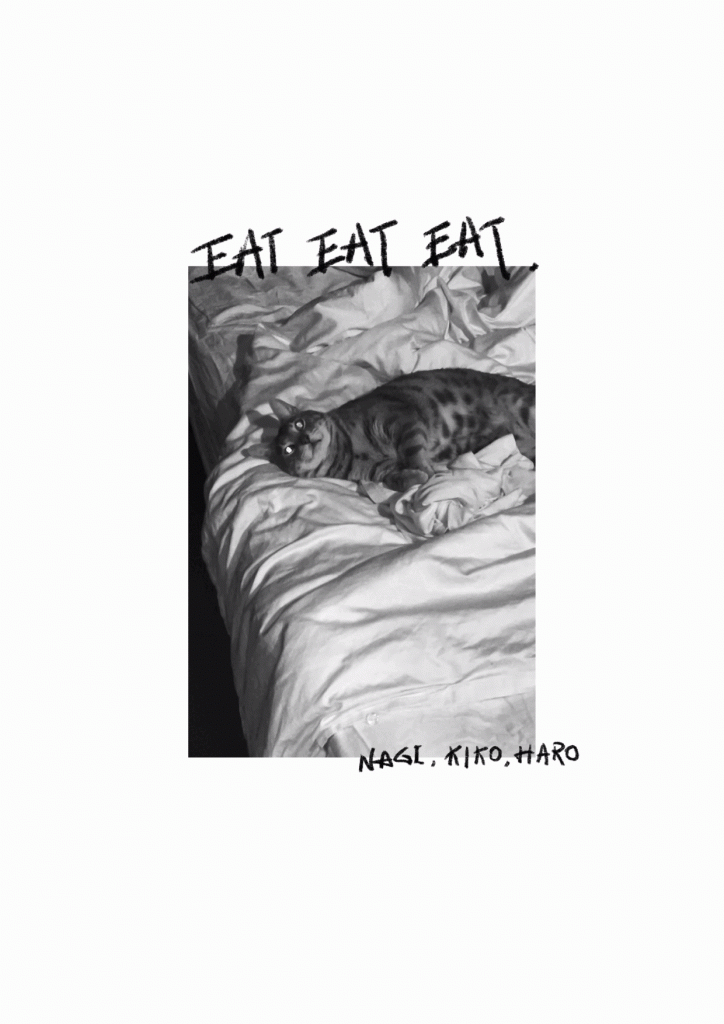

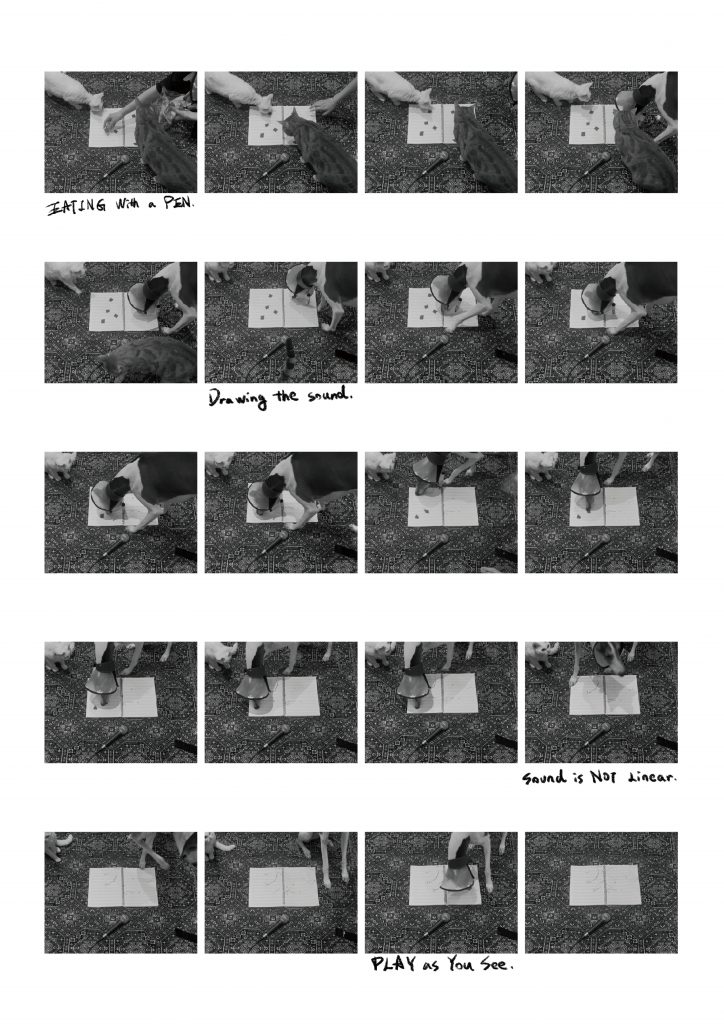
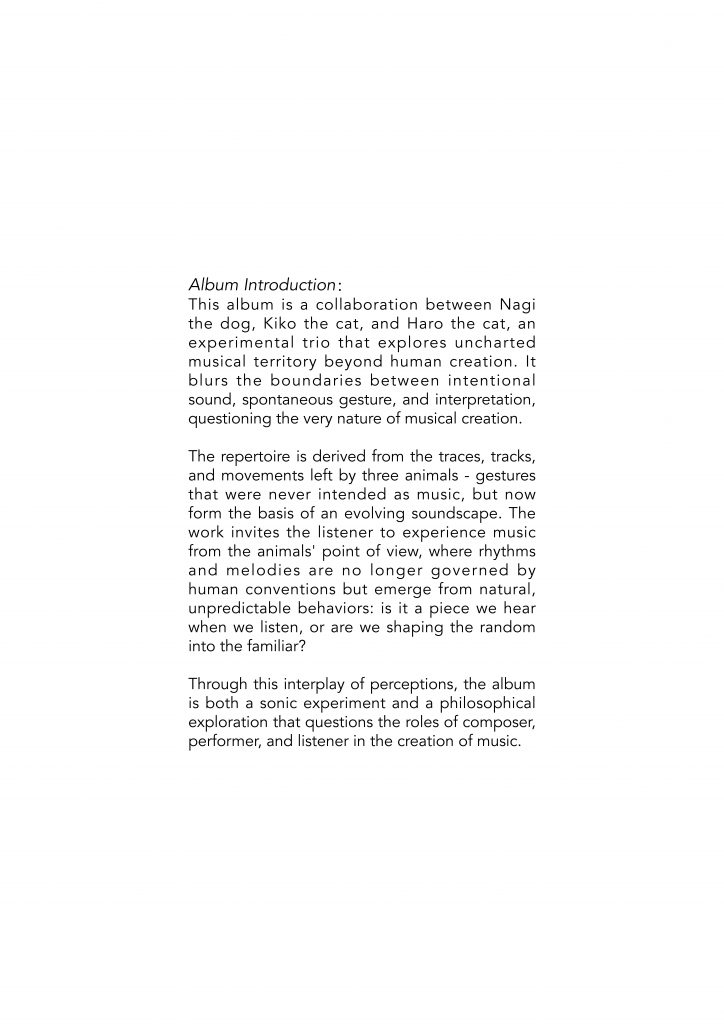

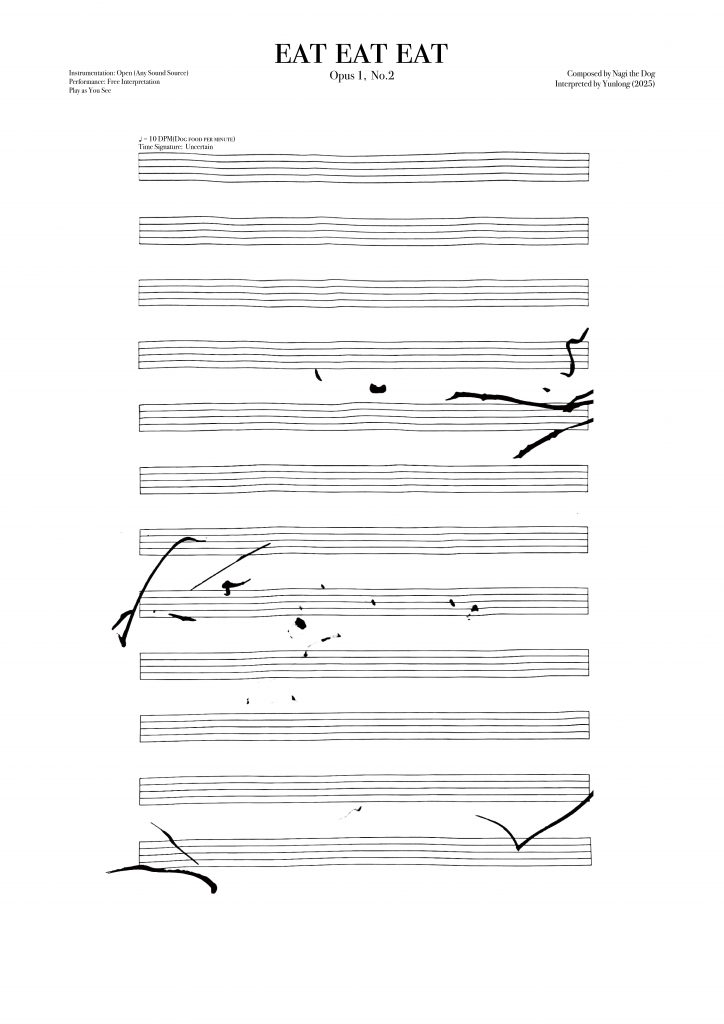
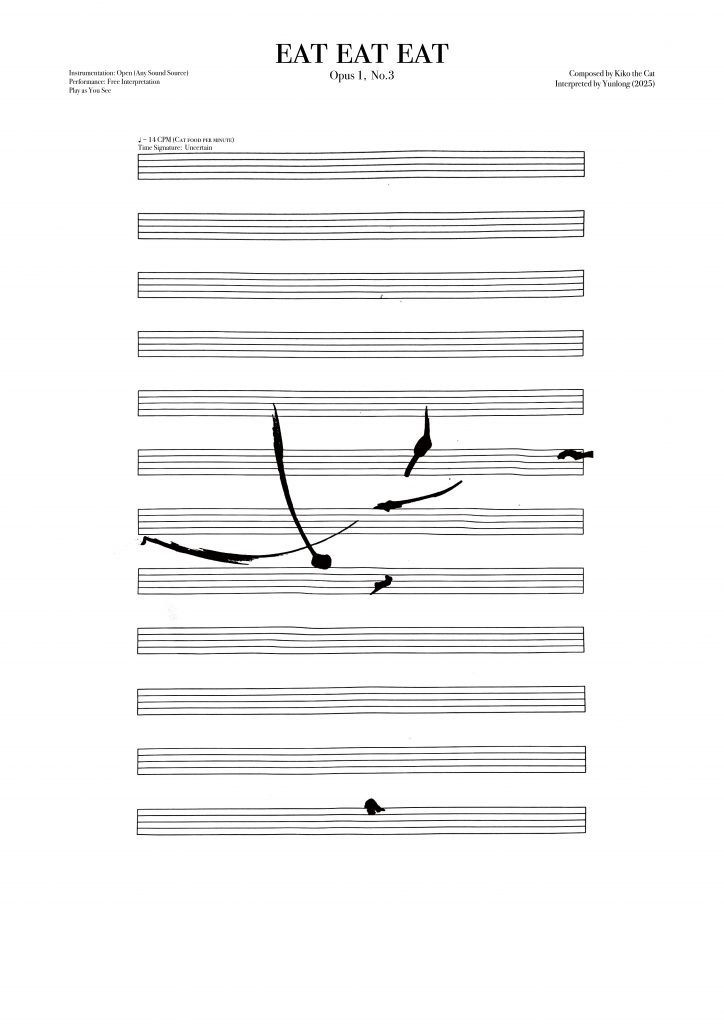
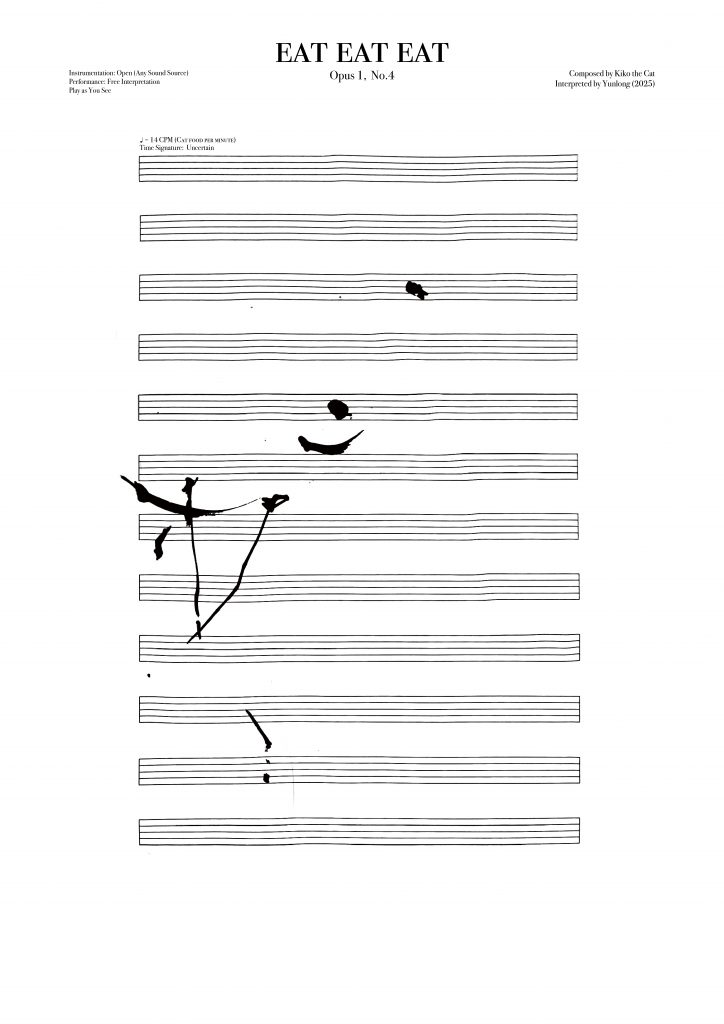
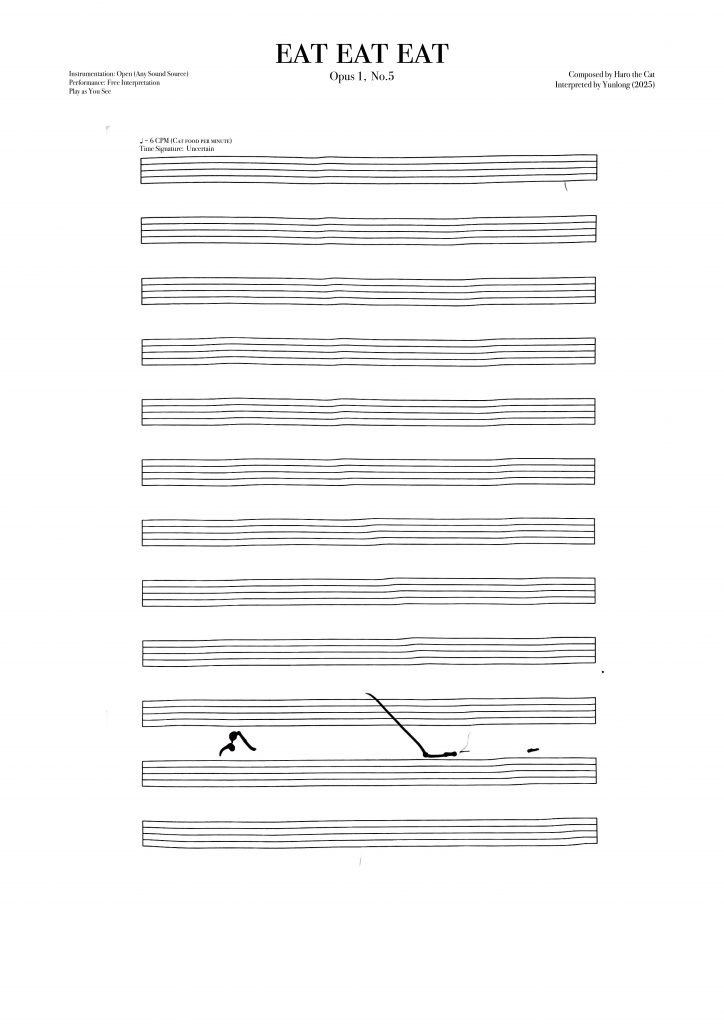
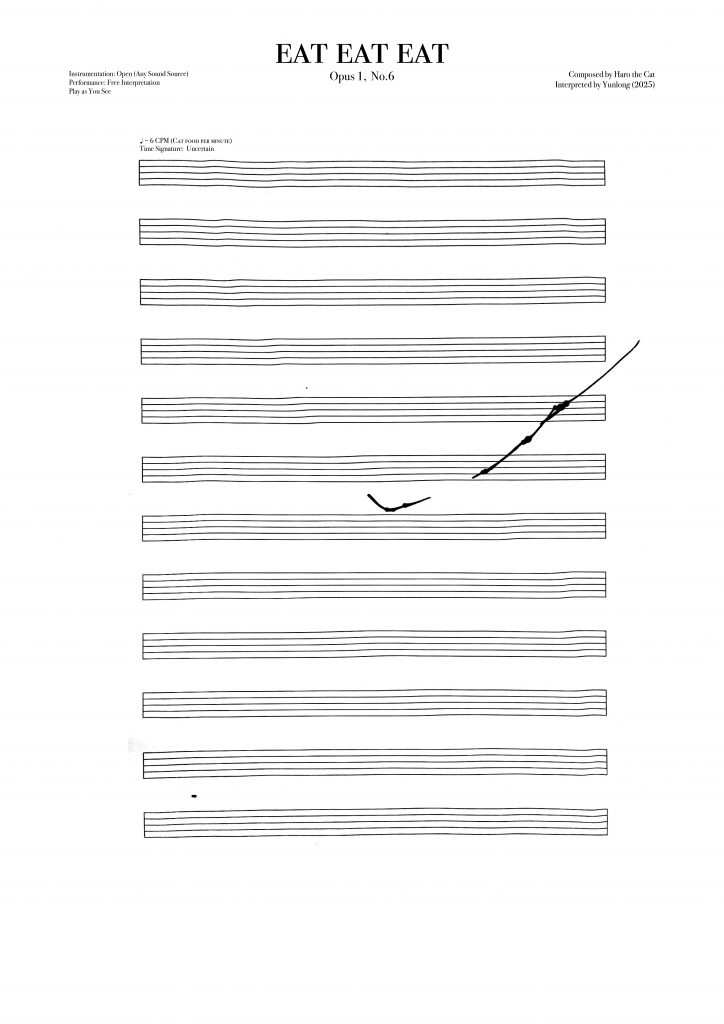
The recording process is both a preservation of sound and a way to capture the nuances of a moment or event. In your project, the act of recording becomes more than simple documentation; it becomes a tool for exploration and interpretation. By recording an animal’s voice or movement, you are not only capturing noise, but also creating a form of expression that challenges traditional notions of communication. These recordings may reflect the unknown nature of animal perception, where they experience and create sound differently than humans understand it. In the process, the recordings themselves become a medium for exploration – for both the creator and the viewer – as it opens up a new way of thinking about how to interpret sound and what it represents.
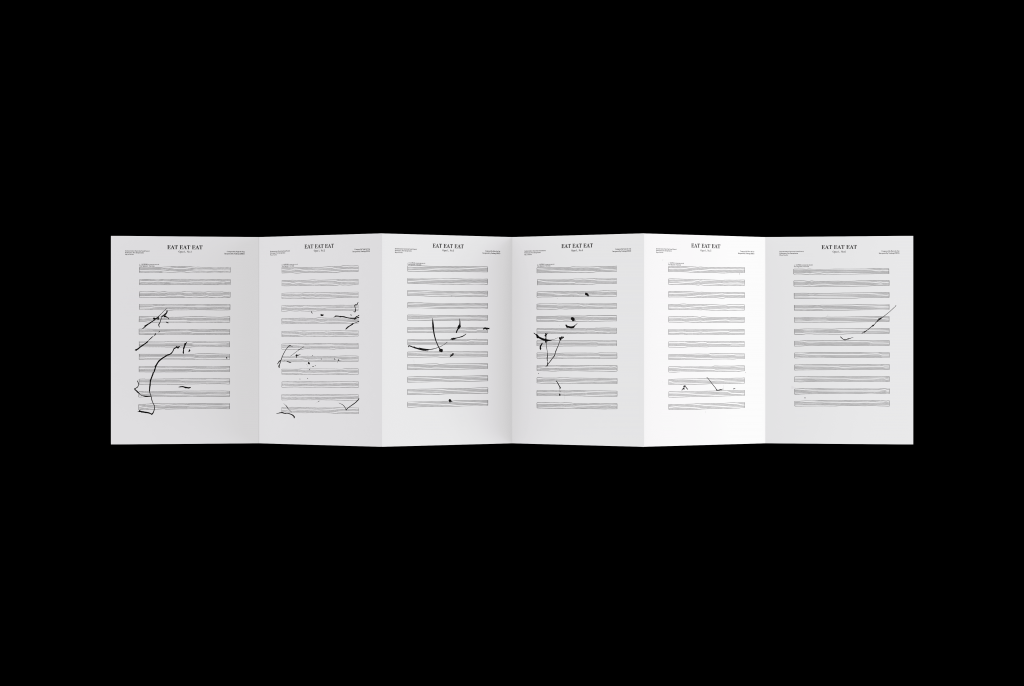
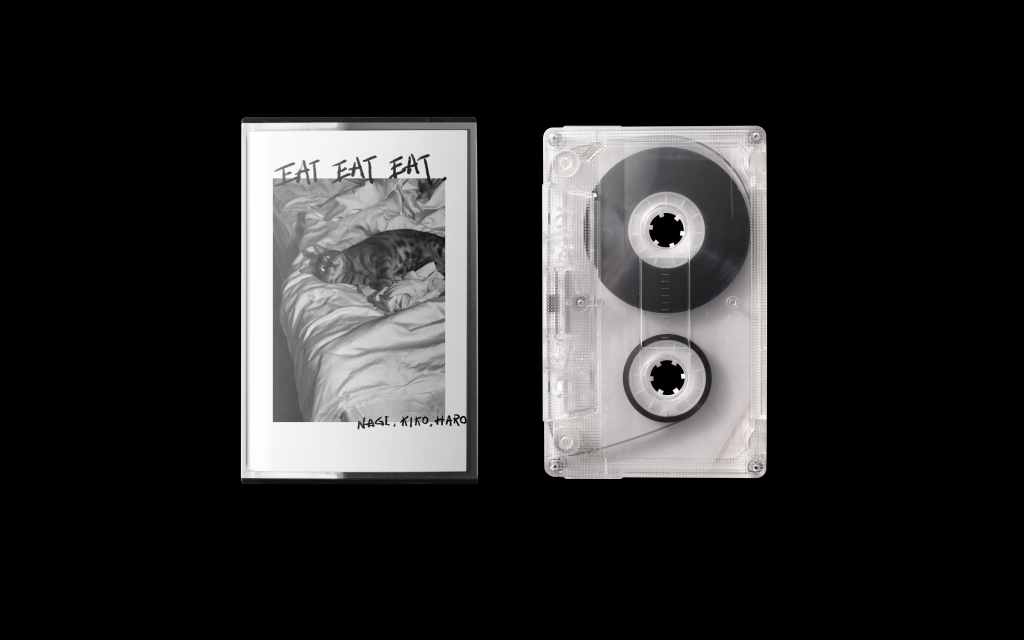
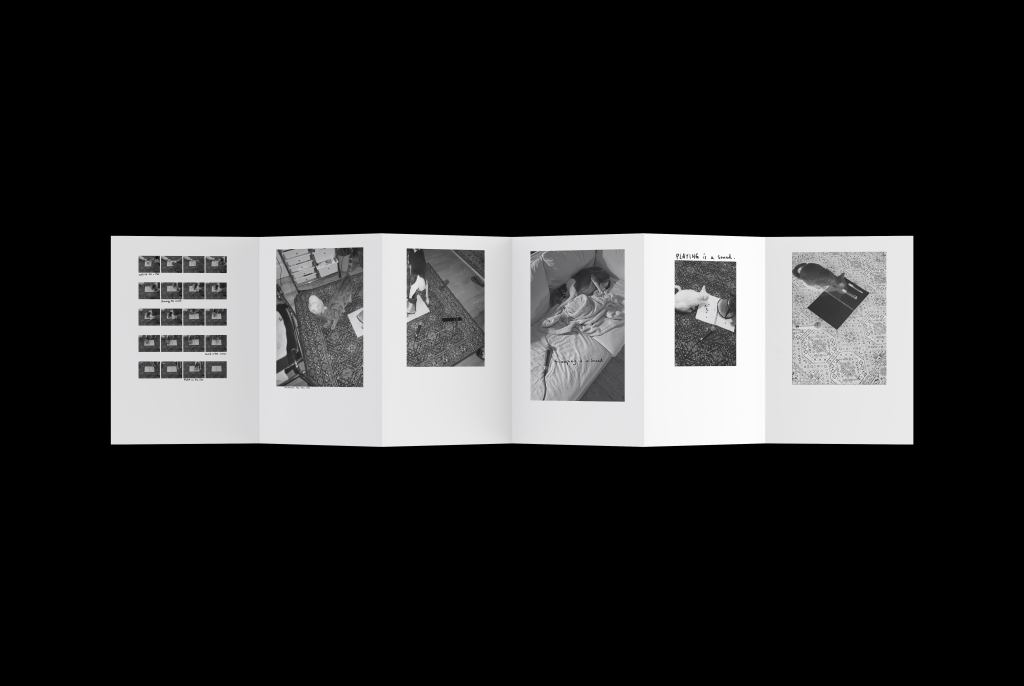
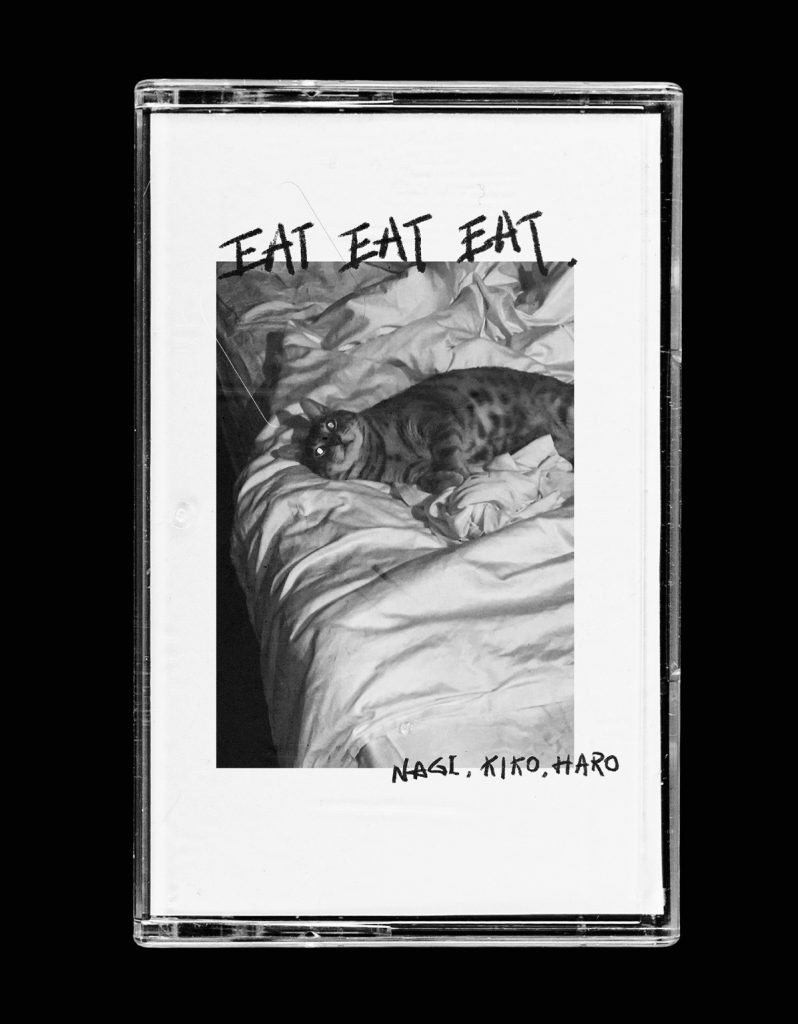
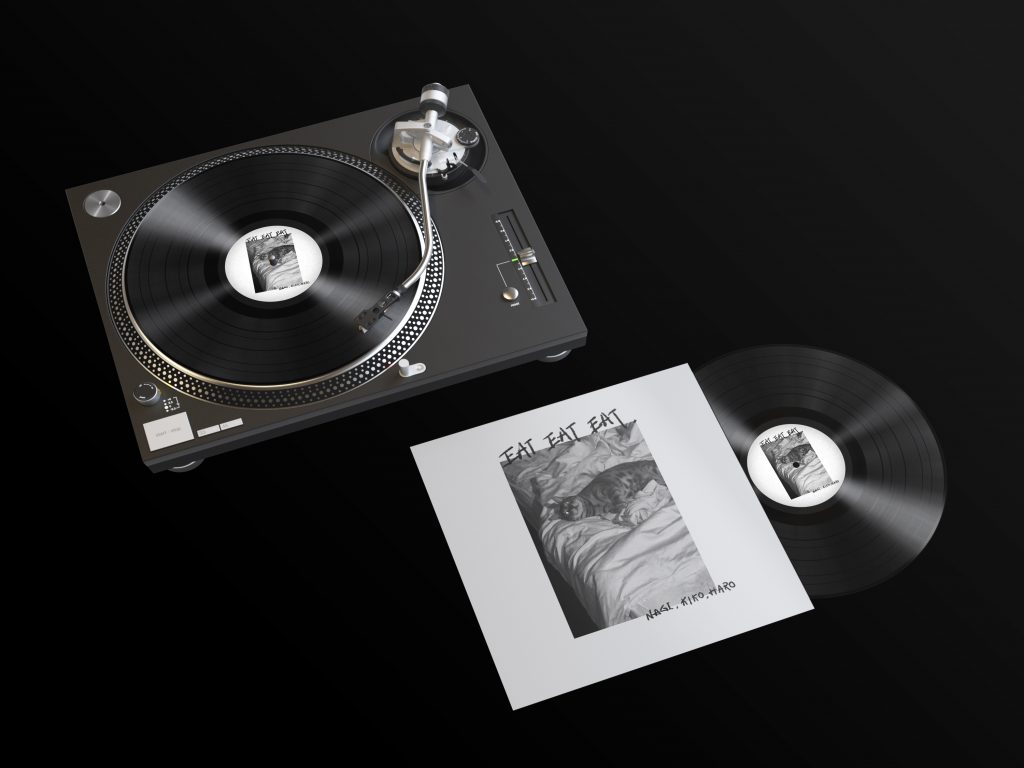
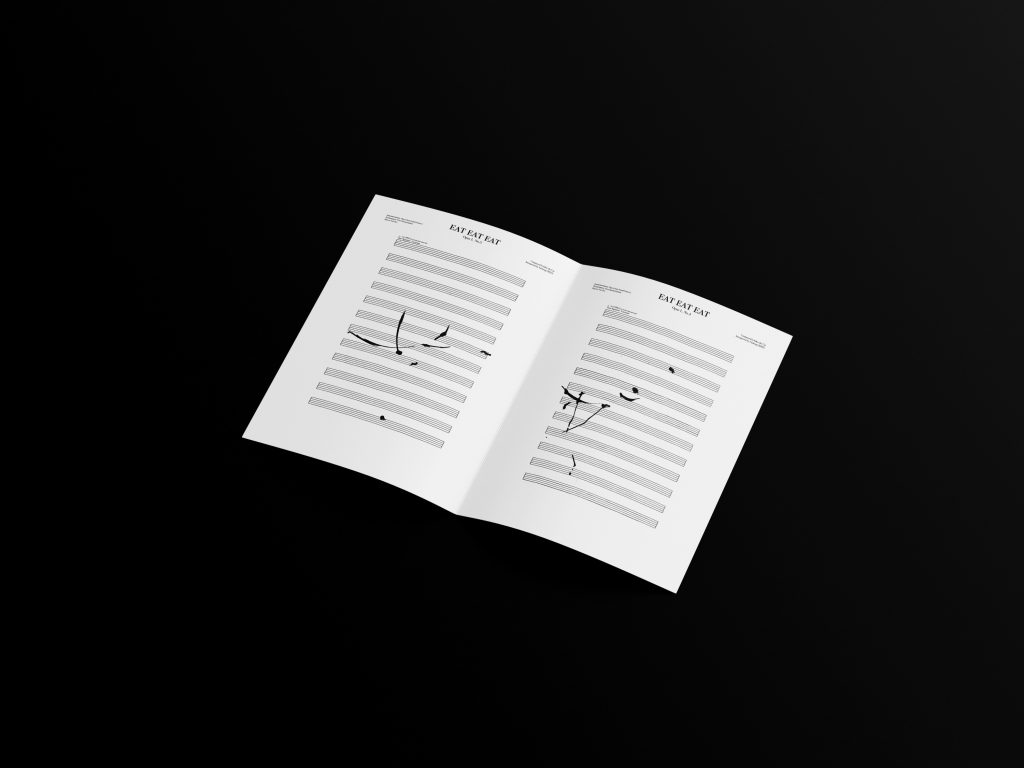
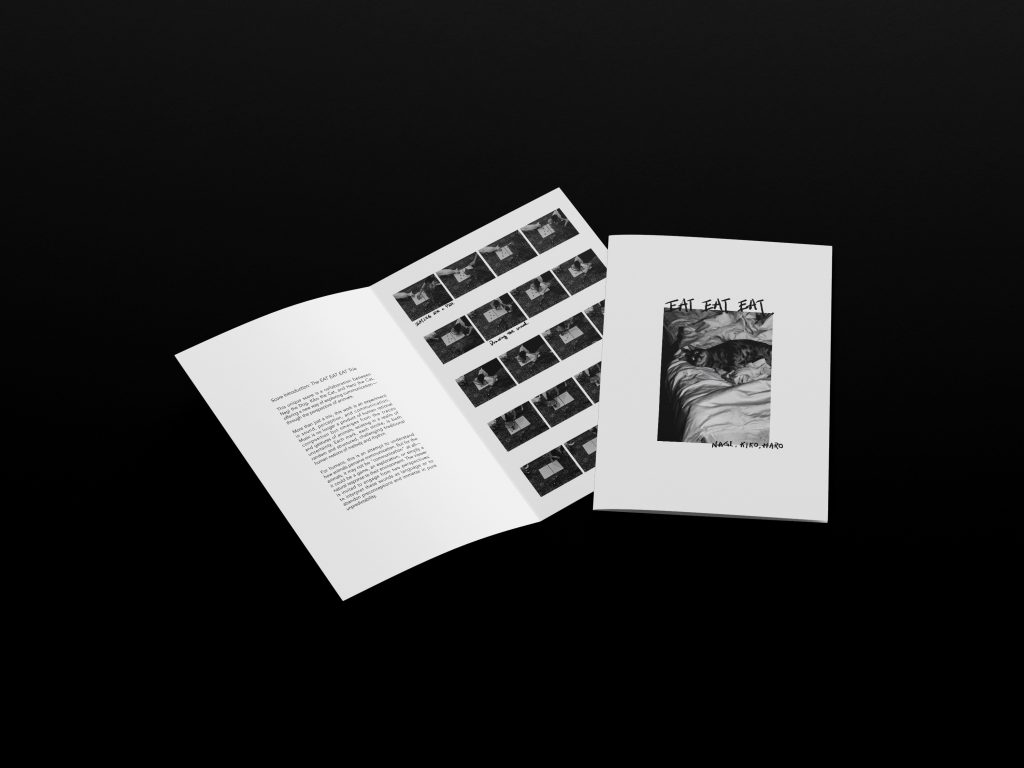
EXPERIMENT 3 SONIFICATION
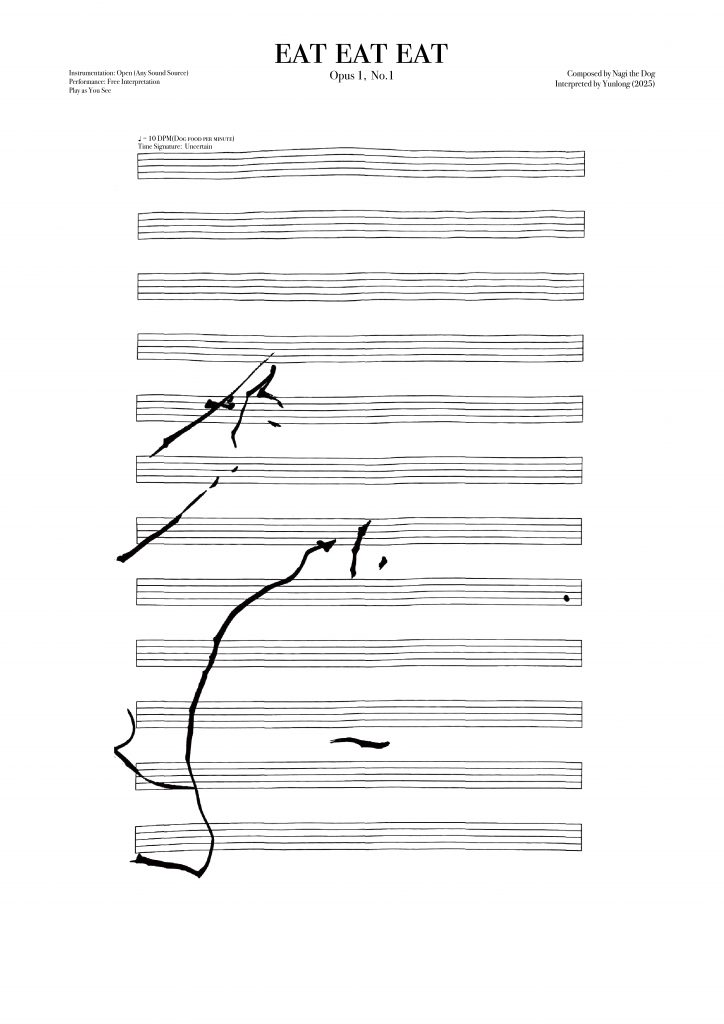
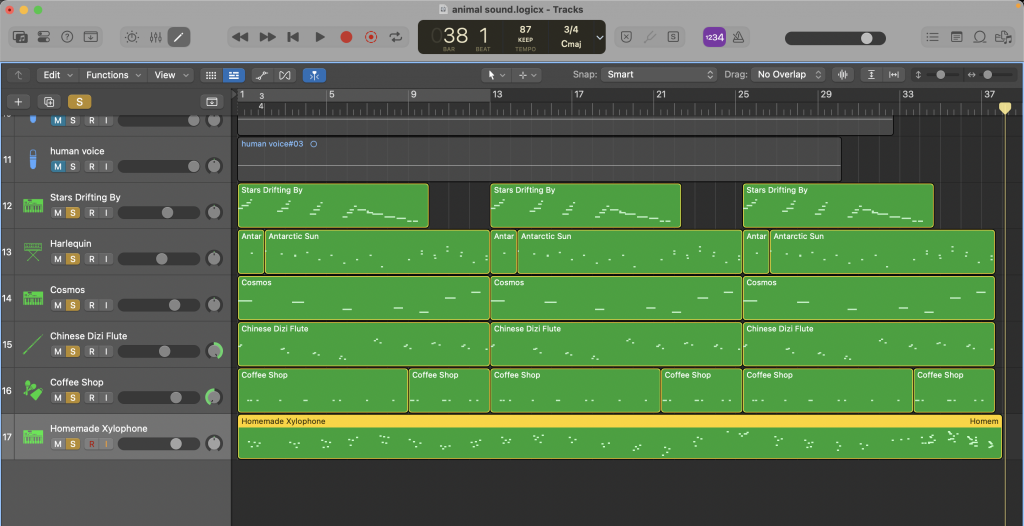
Trace of a Meal is a personal summary and composition of my experiments with cat and dog sheet music. Through this song, I translate the natural sounds and animal behaviours displayed in cat and dog sheet music into music, exploring how those fleeting and fleeting moments – such as eating and playing – leave sonic traces.
Blending unpredictable sound patterns with improvisation, the song symbolises the rhythmic imprints left by animal behaviour, while reflecting the perceptual perspective of humans in interpreting these behaviours. The intention of the song is to bridge the gap between animal performance and human interpretation, reflecting on the tension between control and randomness, structure and freedom.
Through this piece, I hope that the audience will be able to look at animal behaviour from another perspective, and consider how these seemingly insignificant traces can be transformed into meaningful sounds through human perception.
